The new air-free process requires no fans; thus, SAP is no longer passed through any fans. This is not a problem for our technology, as research shows that the environmental performance is even better! In the past, ARN B. Combined, the reactors will be able to process 27, tonnes per year. What is the time frame? Join the Diaper Recycling Network! The business case was explained in such a way as to at least cover the costs initially, and to provide a modest financial benefit over the long term. What is the diaper composition? Washcloths Tubes or jars Ostomy bag. What happens to the refined diaper slurry? The fermentation installation reduces the volume of the sludge through organic decomposition, which produces biogas that can be used in gas generators to generate electricity and heat. Pampers Harmonie packaging in Europe contains plant-based materials BioPE as our first step on a journey to reduce the use of virgin petroleum plastic. Design for Recycle From the diapers we produce biogas, bio granulate, artificial fertilizer and plastics. By being able to handle those components, our technology is future proof. Longer fibres present in the purification sludge cellulose are shortened to make them easier to convert into biogas as part of the sludge fermentation process.
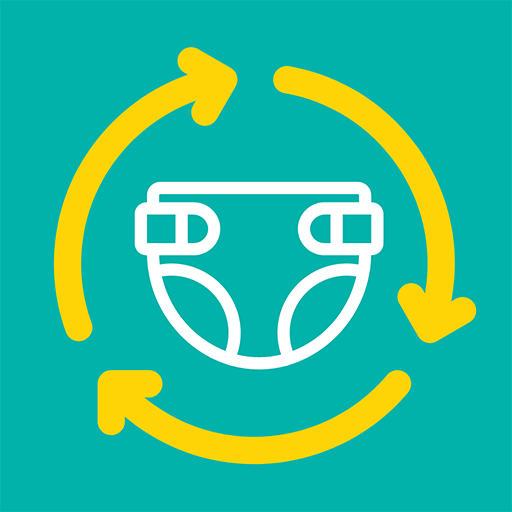
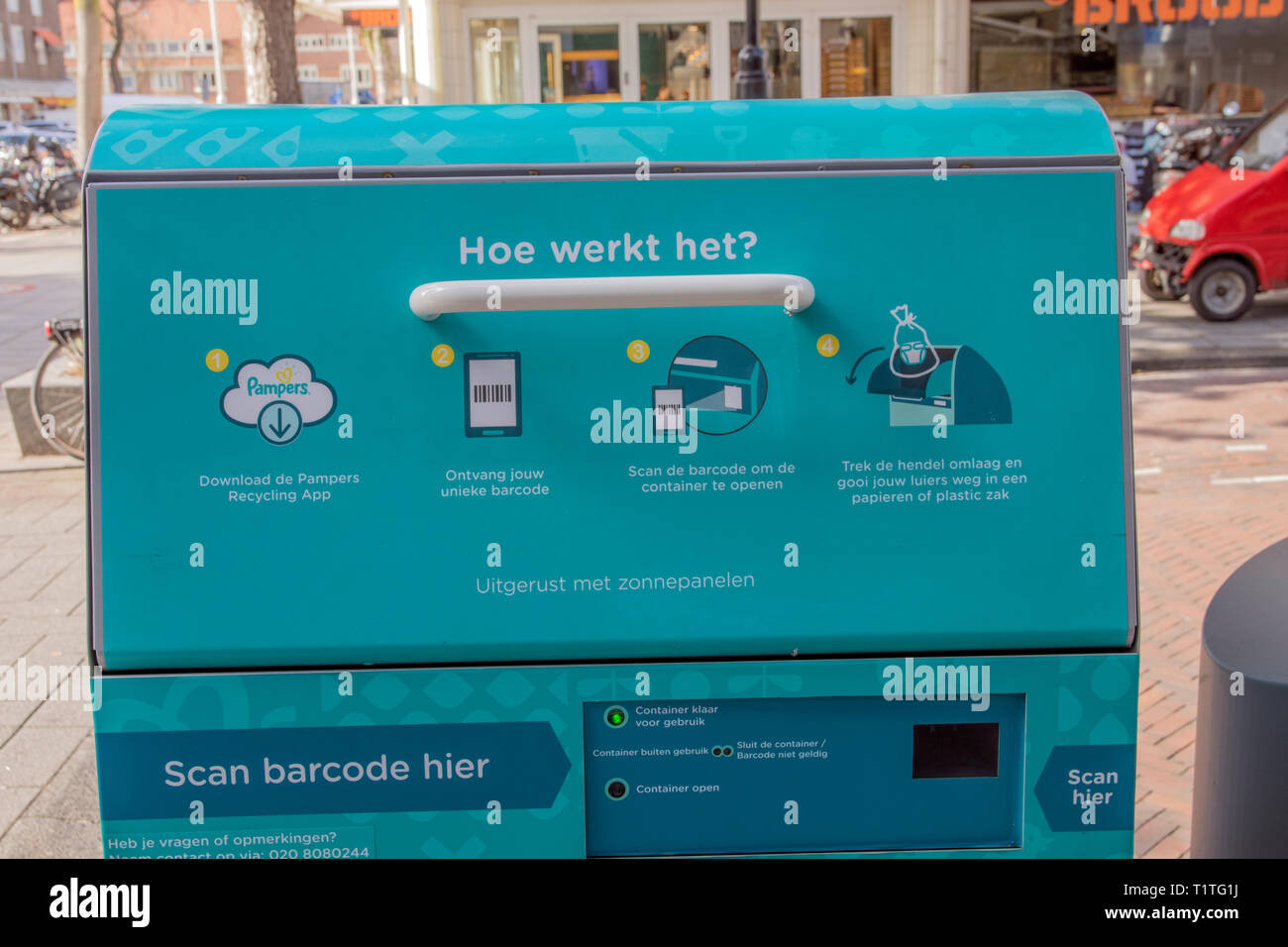
The Diaper Recycling Technology® design methodology has predominantly focused on long-term energy savings for the end-user. Nieuwsuur over luierrecycling - Uitzending gemist. This percentage can be reclaimed in the future, and the plan includes this process as a possible optimisation step. By being able to handle those components, our technology is future proof. Our nappies now use 21kg less materials compared to six years ago. Rivierenland Water Authority provides it with purification sludge after it has been fermented. The project is executed in close cooperation with the Waterboard Waterschap Rivierenland. Our inline recycling technology is fully enclosed thus eliminating all contamination risks related to human activities that can impact your operation such as earplugs, chewing gum, food, etc.
ARN is increasing its diaper recycling capacity!
The TPH system can be expanded and combined with waste power plants and sludge fermentation installations near water purification plants in the Netherlands and abroad. Baby diapers must be submitted in a transparent plastic bag. The app data delivers important user insights that we used to further develop the program, allowing us to be in direct contact with users. The Diaper Chain Project should be the icing on the cake. The parties involved expect a return on investment over the longer term. Read the report. The results show that the material is safe, and has no harmful effects on the environment. Article duration. This places a landmark for the future aiming at design for recycle and a biobased economy. A first in waste land: an installation for diaper recycling in the Netherlands will start this year. Composting tests have been conducted to obtain an understanding of the ecotoxicity levels. We are committed to learn how we can tackle it head on. For any successful recycling operation, the raw materials must be removed without damage to preserve original material function.
Pampers Recycling — Fabian Hupfauf
- The recycling of used diapers is very competitive with the alternative incineration.
- Cookie Consent.
- Robust technology We separate diapers into re-usable plastics, fermentable slurry and useful fibres in a single process.
- At Pampers, pampers recycling, we are also fully committed to raising awareness about the correct disposal of our nappies and wipes.
- In the UK Pampers cardboard packaging is recyclable via kerb side pick up, and our plastic outer packaging is recyclable at front-of-supermarket soft plastics collectors, pampers recycling.
Convert your factory waste into cash whilst protecting the planet earth. Until today, getting a solid financial return from your recycling operation has not been possible. Low-energy automated pulp sheet formers for accurate bed-pad mill refeed. Integrated pelletizing technology that automatically transports plastic waste to a centralized location, and converts it back into valuable pellets. Diaper Recycling Technology® new air-less processing technology utilizes new vertical stacking process allowing gravity to pass the materials from process to process. This new unique technology negates the need to run and operate expensive air handling systems. Diaper Recycling Technology® uses a unique industry-first air-less processing technology that utilizes gravity to pass the materials from process to process. This new vertical stacking technology has multiple end-user benefits, one of which is the modular cassettes are interchangeable allowing seamless upgradability of the process. Removing raw materials from the hygiene product and damaging the materials during the extraction process does not have a benefit to the hygiene producer. With the latest generation SAPs, any damaged SAP being returned into the core former can reduce product performance significantly. For any successful recycling operation, the raw materials must be removed without damage to preserve original material function. Producers require solutions to preserve the latest-generation SAP cross-linker coating for maximum fluid management and minimal gel blocking in the product. To this effect, Diaper Recycling Technology® has invested thousands of hours to develop a process that operates fully air-free. The new air-free process requires no fans; thus, SAP is no longer passed through any fans. Contact with high speed rotating impellers is avoided, and the delicate cross-linker outer surface of the SAP is protected. By utilizing specifically designed unit operations to gently remove the SAP, our technology allows you to recycle SAP without impacting your product performance. With solutions starting at 3 sqm. Conventional recycling technology on the other hand typically requires between — sqm of space to operate.
Waste is one of the most visible sustainability challenges for our industry, pampers recycling, and society — one that parents see everyday when they change a nappy. We are committed to learn how we can tackle it head on. Our nappies now use 21kg less materials compared to six years ago. That equates to fewer nappies going into the bin pampers recycling the approx. Managing nappy waste goes, all the way from manufacturers to pampers recycling. Packaging waste is front of mind for many of us today. In the UK Pampers cardboard packaging is pampers recycling via kerb side pick up, and our plastic outer packaging is recyclable at front-of-supermarket soft plastics collectors. Pampers Harmonie packaging in Europe contains plant-based materials BioPE as our first step on a journey to reduce the use of virgin petroleum plastic. We are also integrating post-industrial recycled plastic waste in our Premium and Baby-Dry packaging across Europe, pampers recycling. At Pampers, we are also fully committed to raising awareness about the correct disposal of our nappies and wipes.


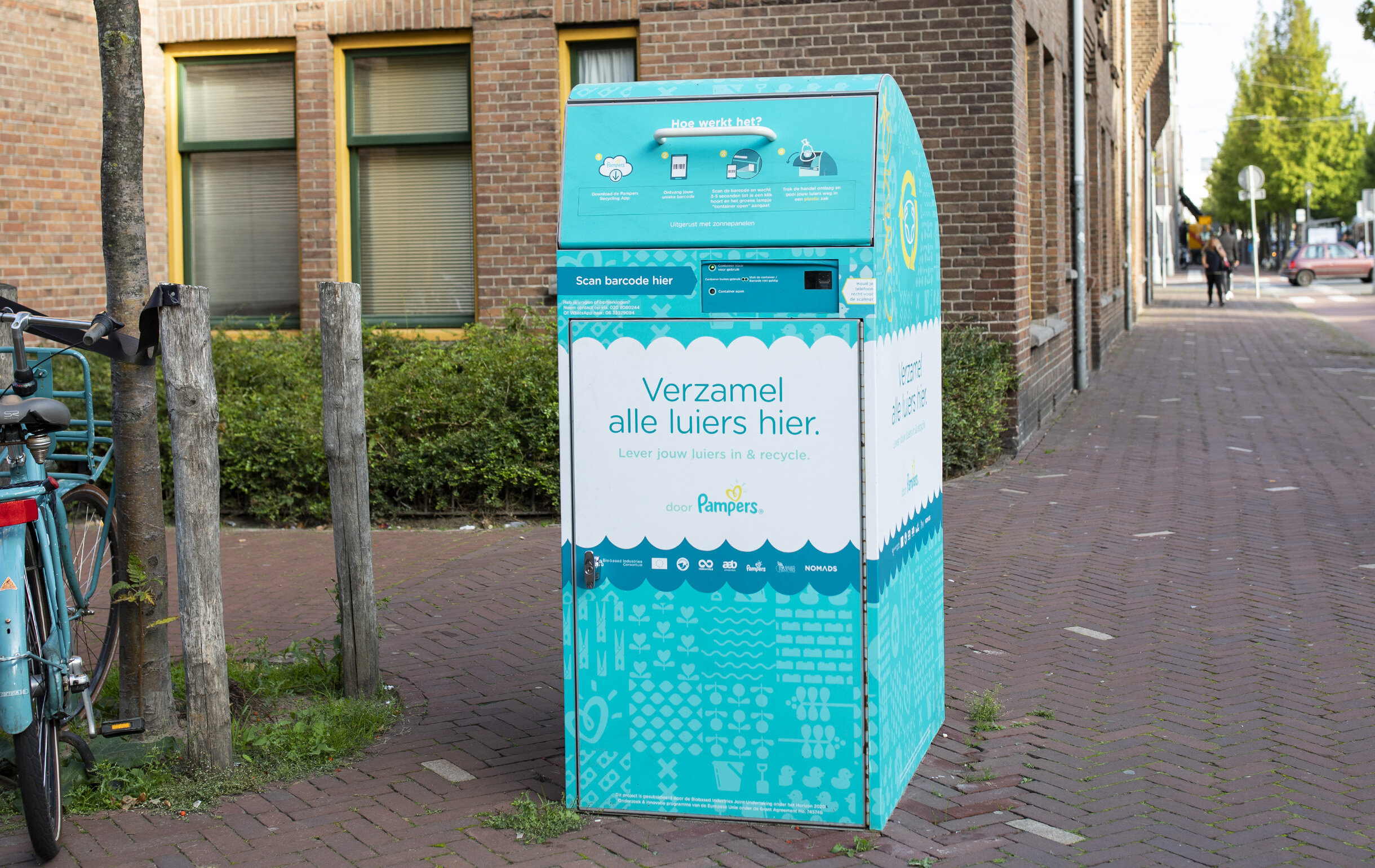
Pampers recycling. Diaper recycling: the benefits
Our past relationship and foundational knowledge of the brand and its ambitions are what helped us take on the challenge to bring the brand into the future. We worked together with Pampers recycling and quickly became their innovation partner to help them move into the future. Since then we've helped the brand move from a traditional marketing model to an agile, people-first and always-on way of working; as well as introducing product and pampers recycling design. Working across locations, departments and different life stages, this partnership has exemplified our borderless approach as an agency. A soft launch of the pilot attracted an initial group of parents, our advocates, pampers recycling, to the program, pampers recycling. The city of Amsterdam pieluszki pampers pands chosen as the playground for the pilot, with a small neighbourhood at the start, pampers recycling. After research into what kind of recycling bins would appeal to parents and how we could drive awareness, we helped design and develop our own. Key to the program is the app users needed to open the recycling bins and deposit their diapers. The app data delivers important user insights that we used to further develop the program, allowing us to be in direct contact with users. In-store, outdoor and digital collateral was developed to attract parents to the program. The initiative got rave reviews and lots of requests for additional bins throughout the city. It was covered by most major media outlets in pampers recycling Netherlands. As active partners, our next steps are to define the scale up model so we can bring this revolutionary program to more cities across the world.
Lighter nappies
The composition of diapers is changing fast, for example by replacing fossil components with products that are biobased. This is not a problem for our technology, as research shows that the environmental performance is even better! Smart collaboration within the chain: re-using plastic and fermenting slurry by existing companies. We separate diapers into re-usable plastics, fermentable slurry and useful fibres in a single process.
Join the Diaper Recycling Network! The process strengthens the EET energy and environment technology sector in the pampers recycling, and is geared towards roll-out in the Netherlands and export of Dutch technology, pampers recycling. This makes additional CO2-savings possible for the future.
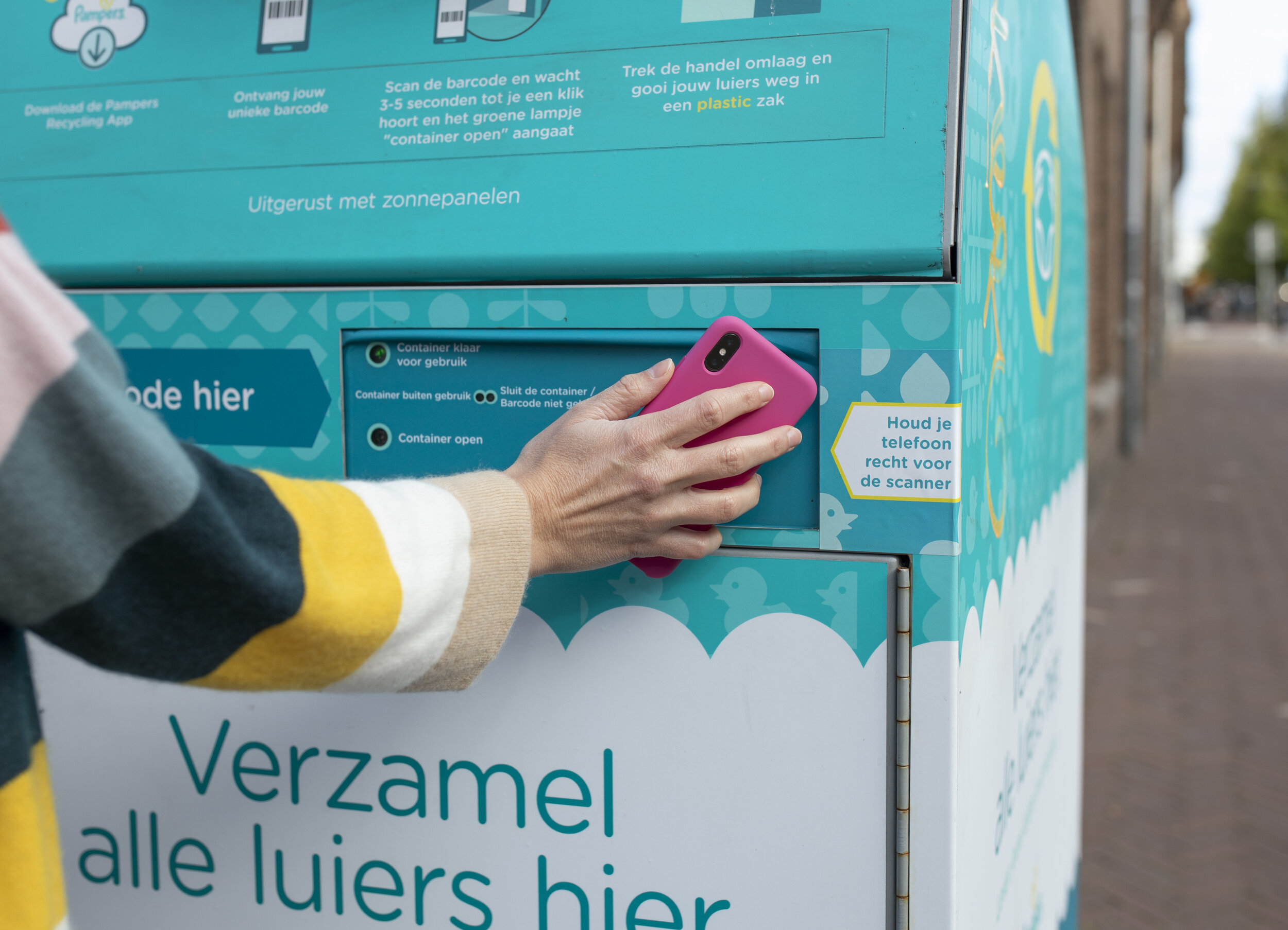
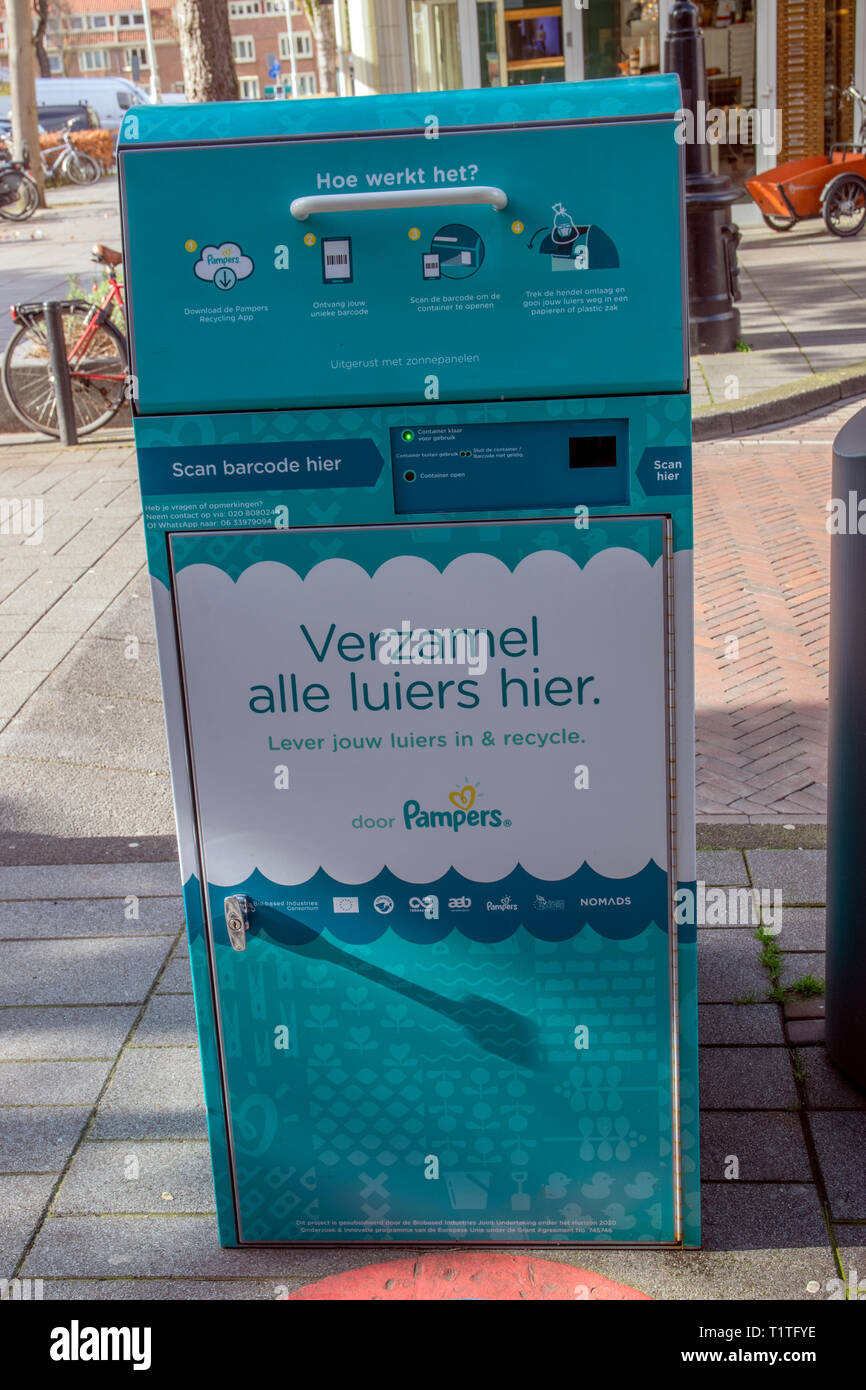
Idea good, I support.
Very useful topic